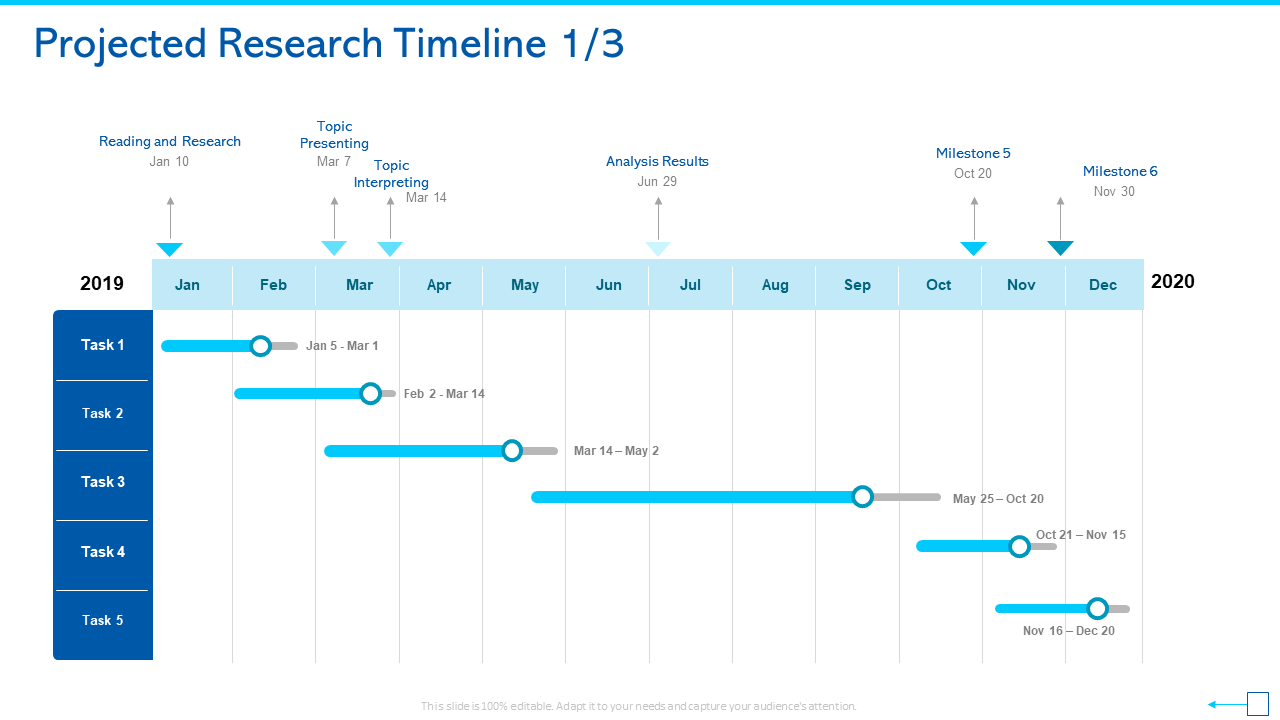Whether you’re applying to a PhD program, seeking funding for your research, or finalizing a research topic during your Master’s or PhD, a well-written research proposal is essential. We will first dive into what exactly a research proposal is, then discuss the prerequisites needed before starting one, and finally, we’ll walk you through the structure of a proposal.
What is a Research Proposal?
A research proposal is a document submitted to the academic committee to justify the importance of a research problem.
Essentially, you convince the committee that your research problem is worth solving and that you have a clear plan to address it.
Prerequisites to Writing a Research Proposal
Before writing, you must choose a research topic by consulting a professor, reviewing university research, or identifying gaps in the literature. Read about this here – How to choose a research topic?
In fact now, with the advent of AI tools, this process has become even simpler. If you wish to learn how to choose a research topic with AI tools, then you can check out our recent video:
Sections of a Research Proposal
Before learning how to write a research proposal, let us understand what are the different sections in a research proposal.
A research proposal consists of the following sections –
- Title
- Literature Review & Research Gap
- Research Objection & Research Questions
- Research Methodology
- Ethical Considerations (optional)
- Tentiave Timeline
- Budget (if required)
- Significance of Research
- References.
The below schematic gives in brief what needs to be included under each section. 
How To Write a Research Proposal?
1. Title
The title of your research proposal is crucial as it serves as the first impression of your work. It should be concise yet descriptive, clearly indicating the focus of your research.
For instance, titles like “The Effect of Heat on Three Grades of Olive Oil” or “Modeling Wi-Fi Propagation in Urban Flats in India” succinctly convey the research topic while hinting at the methodology or variables involved.
A good practice is to revise the title after completing your proposal to ensure it accurately reflects the content and findings.
2. Literature Review & Research Gap
This section establishes the foundation for your study by providing necessary background and context. Start by conducting a thorough literature review to identify existing research relevant to your topic.
Employ the “5 Cs” framework:

- Cite: Reference key studies that have addressed similar issues.
- Compare: Contrast different methodologies and findings within the existing literature.
- Critically Evaluate: Assess strengths and weaknesses of previous studies.
- Connect: Relate your findings to those in existing literature.
- Clarify Gaps: Clearly articulate what is missing in current research and how your study will address these gaps.
This process not only highlights the necessity of your research but also positions it within ongoing academic conversations.
3. Research Objective & Questions
Defining your research objectives is essential as it outlines what you aim to achieve through your study. These objectives should be specific and measurable, guiding your research direction.
Break down the identified research gap into specific questions that your study seeks to answer.
Formulate a hypothesis that predicts the expected outcomes based on existing theories or prior research. This hypothesis should reflect a clear relationship between independent and dependent variables, guiding your methodology and analysis.
4. Research Methodology
In this section, outline your approach to conducting the research. Describe how you will carry out the study, including theoretical frameworks.
Specify how you will gather data (e.g., surveys, experiments, interviews).
Detail how you plan to analyze the collected data, ensuring that your methods align with your objectives.
Providing clear and organized details about experimental procedures, data sources, and scope will demonstrate your preparedness and capability to conduct the research.
5. Ethical Considerations (Optional)
If applicable, discuss any ethical concerns related to your study, particularly if it involves sensitive data or vulnerable populations.
Addressing these considerations shows awareness of ethical standards and enhances the credibility of your proposal.
6. Tentative Timeline
A timeline or chart outlining key milestones in your research process can be beneficial.
This should include deadlines for each stage, such as literature review completion, data collection, analysis, and writing phases.
A well-structured timeline demonstrates planning skills and helps manage expectations regarding project duration.

7. Budget (If Required)
If funding is necessary for your research, provide a detailed budget.
Itemize expenses related to materials, equipment, travel, etc.
Explain why each expense is essential for completing the project.
This section helps funders understand the financial requirements of your project and ensures transparency in resource allocation.
8. Significance of Research
Emphasize how your study contributes to broader knowledge within its field.
Discuss potential implications for practice, policy-making, or future research directions.
Articulating significance not only justifies the need for your study but also highlights its impact.
9. References
Finally, ensure that all sources cited throughout your proposal are properly referenced in a reference list.
This not only gives credit to original authors but also demonstrates scholarly rigor in supporting your claims and rationale.
By carefully addressing each of these components in your proposal, you can create a compelling document that effectively communicates the value and feasibility of your proposed research project.
If you need more information on this, then check out the video below –
If you wish to learn in detail on how to write a research proposal and research paper, then you can join our The A-Z of Research Paper Writing & Presentation.
If you have any queries, feel free to comment below and we will try to get back to you at the earliest!




